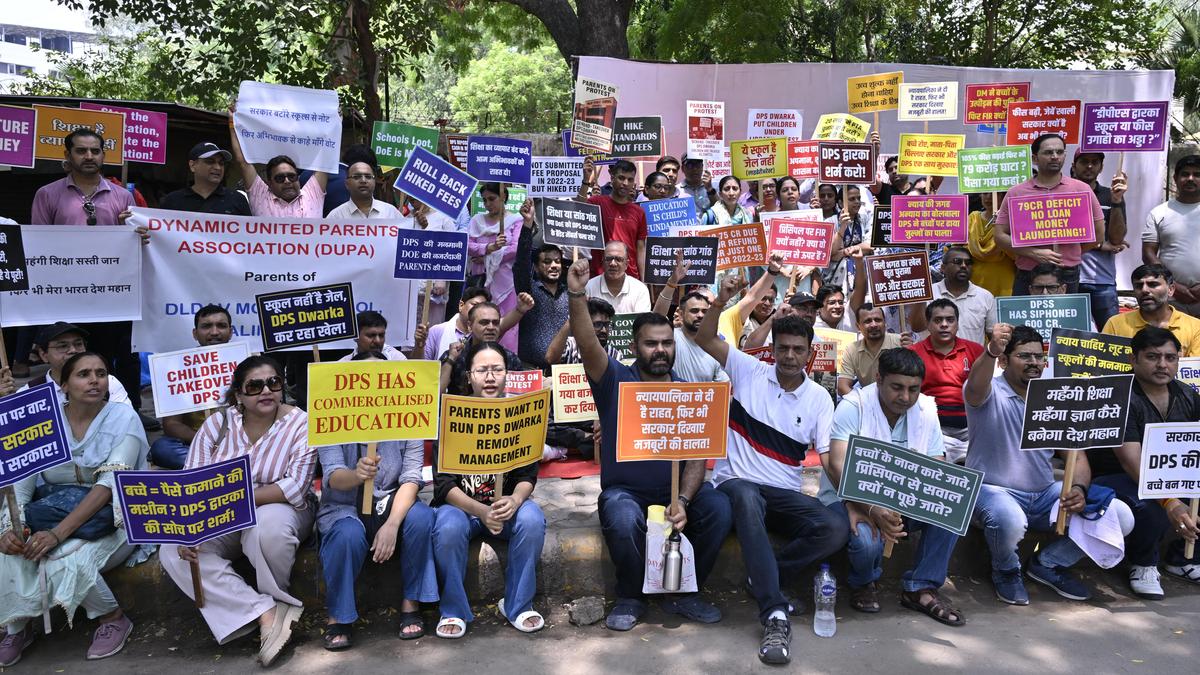Copyright forbes

Outdated structures now limit opportunity for younger and more experienced employees alike. Here’s why employers must modernize for longevity, adaptability and talent sustainability. Work today looks nothing like it did 10 years ago, much less a generation ago. People are living longer and adapting to ever-changing technology that is now embedded across every industry. Yet outdated employment systems built for predictable career paths and fixed retirement dates create an ever-growing mismatch for early-career hopefuls and seasoned professionals alike whose skills and potential are consistently overlooked. Fixing the problem requires employers to prioritize talent sustainability—rethinking assumptions and embracing a longevity mindset and the reality of a whole-life career. Too much of today’s work structure still traces back to policies designed for shorter lifespans and industrial-era economies. When President Franklin D. Roosevelt proposed the Social Security Act of 1935, requiring workers to fund their retirement until age 65, the average life expectancy was 61.9. Statistically speaking, the average person would never have had the chance to receive the benefit. Today’s workforce is living 20 to 30 years longer, yet employment systems have not shifted to embrace an older talent pool. The persistent belief that experienced workers should step aside is a misconception economists call the lump-of-labor fallacy, which rests on the false assumption that there is a fixed amount of work to go around. If this were true, new jobs could not be generated; they could only be redistributed. Yet this myth continues to distort opportunity, as evidenced by the disproportionate number of people over 50 who experience bias in hiring, development or promotion. Few employer systems today support non-linear careers that include retraining, re-entry or later-career reinvention. This historical framework reflected an era when careers were expected to end by midlife and retirement was the endpoint, not a new chapter. Nearly a century later, those assumptions continue to shape the workplace—even as people now live, learn and contribute for decades longer. This structural lag is most evident in institutions built for permanence. In government employment, experienced professionals—especially women and people of color—are aging within systems designed for stability rather than mobility. When layoffs or buyouts occur, many step into a private market that undervalues their experience—not because they’ve fallen behind, but because hiring systems haven’t evolved either. The result is two outdated structures colliding, leaving professionals of all ages stranded between potential and policy. MORE FOR YOU Selective Shortages, Shared Barriers Younger workers face barriers, too. AI and automation are reshaping entry-level hiring just as universities graduate record numbers of students. CNN recently reported that layoffs and hiring reductions tied to AI use are expected to rise, especially for workers with a college degree. This spring alone, more than two million new graduates entered the job market, many still mass-applying for limited openings. Across the age spectrum, opportunity isn’t evenly distributed because hiring systems—not workers—are what need to adapt. As of August 2025, U.S. employers posted roughly 7.2 million job openings but made only 5.1 million hires—a clear sign of selective, not universal, demand. Employers consistently report difficulty finding candidates with regulatory, compliance and systems experience—the very expertise that many former public servants bring. Yet age bias continues to narrow opportunity. The most successful transitions happen when professionals reframe their experience as adaptability—demonstrating how decades of public-sector problem-solving translate into innovation, efficiency or risk management in the private sector. It’s not a fallback; it’s a strategic transfer of value. Reinvention Zones: Where Mission and Innovation Intersect The good news is that opportunity exists. Nonprofits, consultancies and entrepreneurial ventures increasingly value talent who combine purpose-driven governance with the rigor of public accountability. These environments often welcome those ready to apply their knowledge on their own terms—turning redundancy (or early career roadblocks) into a new career path. For those willing to pivot, aligning expertise with sectors such as sustainability, healthcare, education or technology ethics can open new doors. The key is not finding a better option but finding one that fits evolving priorities—whether that’s entry, flexibility, impact, continued growth or reinvention. The Path Forward To successfully navigate an economy defined by longevity, organizations must update the systems that govern talent sustainability. The next era of workforce planning isn’t about making space for the next generation—it’s about building systems that sustain talent across all stages of life and career. It’s not about planned obsolescence–it’s about systems designed for continuous contribution. A longevity-ready workplace values experience as a living asset, not a fixed point in time. It sees adaptability as ageless. Reinvention isn’t the exception—it’s the expectation. By applying a longevity mindset, employers create the conditions for all employees—early, mid, and later career alike—to stay future-fit, purpose-driven and part of the organization’s long-term success. And it recognizes that reinvention isn’t the exception—it’s the expectation. Editorial StandardsReprints & Permissions



